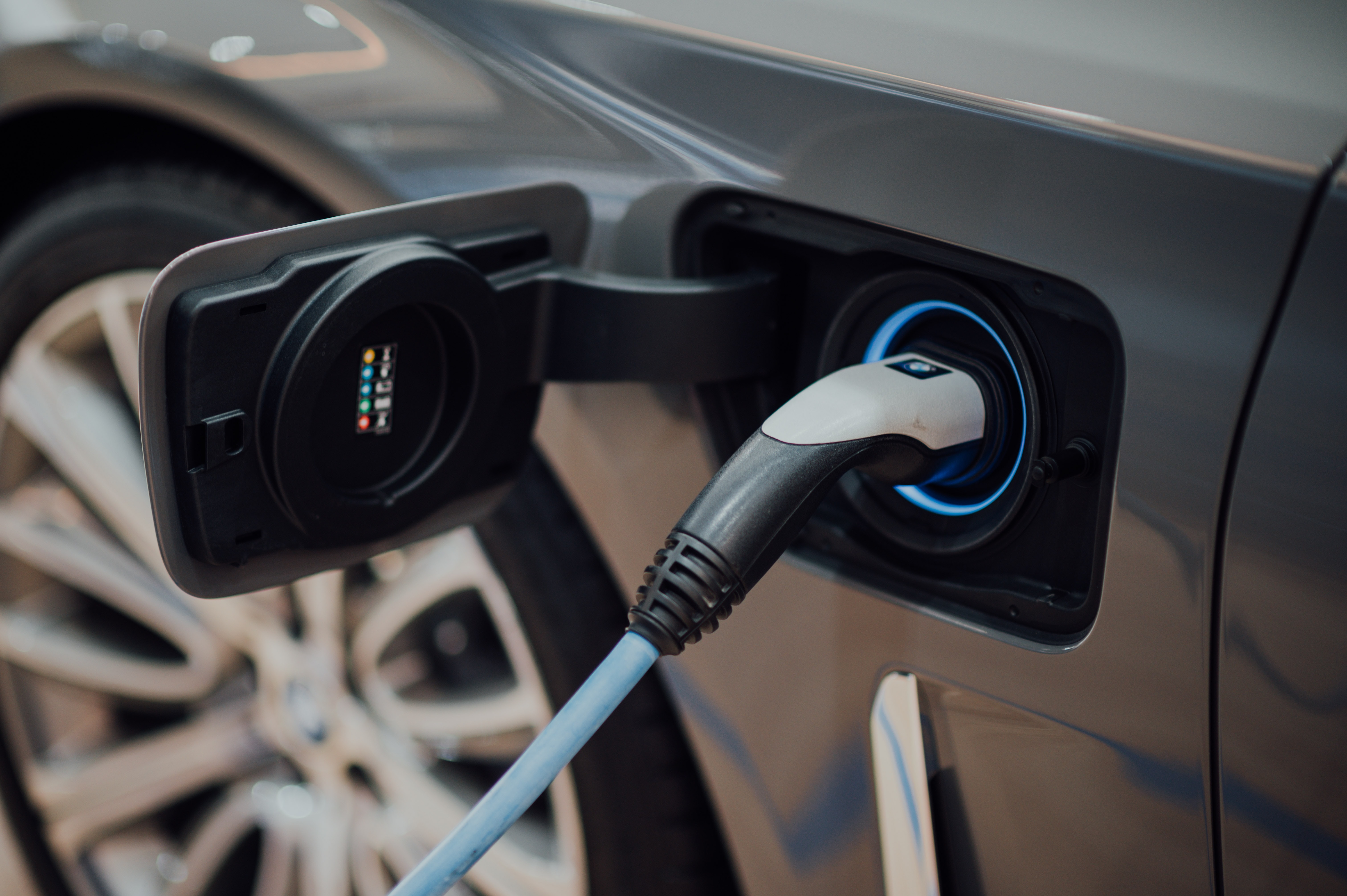3.0.1 Introduction to Module 3 of IIES01x
Course subject(s)
3. Smart Charging and Integration of Electric Mobility
Wow, you have finished the first two modules already!
In the previous module – Flexibility Through Energy Storage & Demand Side Management, you learned how energy storage might be the biggest asset in achieving a sustainable, integrated future where renewable energy is the primary energy source and the various strategies that can be used to “intelligently” manage energy demand and supply.

This image is from Unsplash
Welcome to the third module of the course – Smart Charging and Integration of Electric Mobility! In this module, you will learn the various standards and techniques of “smart” charging of electric vehicles and how electric vehicles can, as an electric component, be integrated and utilized for reasons other than locomotion.
With worldwide agreement on gradually reducing sales of fuel-powered vehicles, electric vehicles are definitely a major part of the future energy system. The past decade has seen surprising growth in the adoption of electric vehicles. Spearheaded by Tesla, advancements in design, manufacturing, usage, and maintenance of electric vehicles have also steadily improved over the last few years. Advancements in battery technology and charging have also vastly improved the ease of use of electric vehicles. With charging stations popping up in several places in populous cities and travel routes, we are certainly well ahead of the beginning of the automobile transition. The future of automobiles is definitely electric (wow, a meaningful pun)!
Electric vehicles and charging stations are no lightweight when it comes to loads on the electric grid. The more electric vehicles there are in a locality, the higher the load on the grid. In fact, a cluster of charging stations at maximum power can overload and skew the grid and cause heavy disruptions to the power supply. So, from the point of view of a grid operator, electric vehicles must be treated as heavy load components of the electric grid.
But can they be used effectively and sustainably using “intelligent” technology? Can the integration of electric vehicles into the grid be a boon instead of a bane? How can we add such a heavy component but reap benefits from it? Answering these questions is the focus of this module.
This module will discuss the following points:
- Technical aspects of grid integration of EVs such as charging standards
- Impacts of mass deployment of EVs on the electricity grid
- Intelligent charging strategies to ease the load on the grid
- Usage of EVs for energy storage
- Charging EVs using renewable energy
This module will be concluded with an interesting interview with Arjan Wargers – Innovation Manager of Electric Mobility, Enexis Group, and Manager for Research and Development at ElaadNL, in which he discusses EV adoption from the point of view of a grid operator, net sustainability of using an EV, challenges of massive adoption of EVs from the perspective of a grid operator and more!
Let’s get started!

Technology of Intelligent and Integrated Energy Systems by TU Delft OpenCourseWare is licensed under a Creative Commons Attribution-NonCommercial-ShareAlike 4.0 International License.
Based on a work at https://online-learning.tudelft.nl/courses/technology-of-intelligent-and-integrated-energy-systems/



